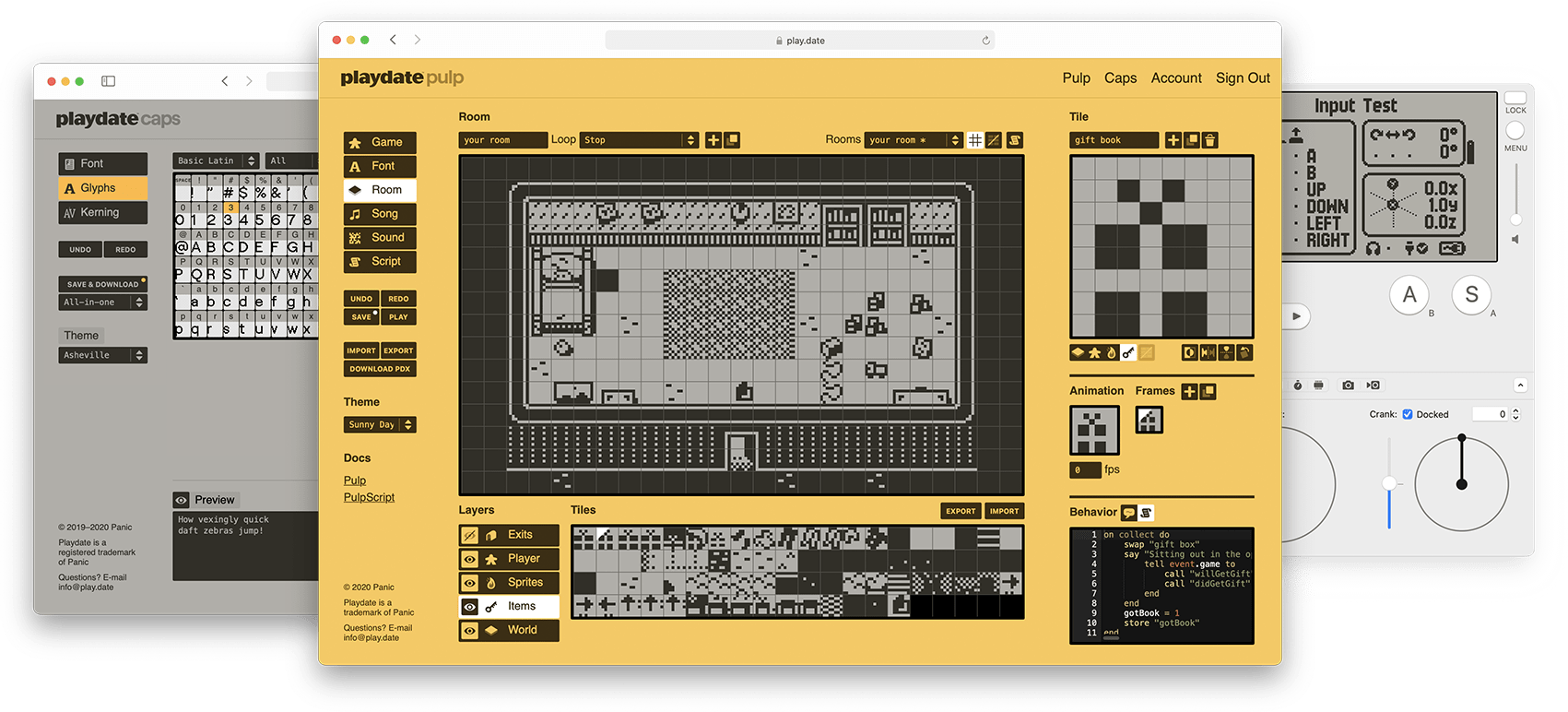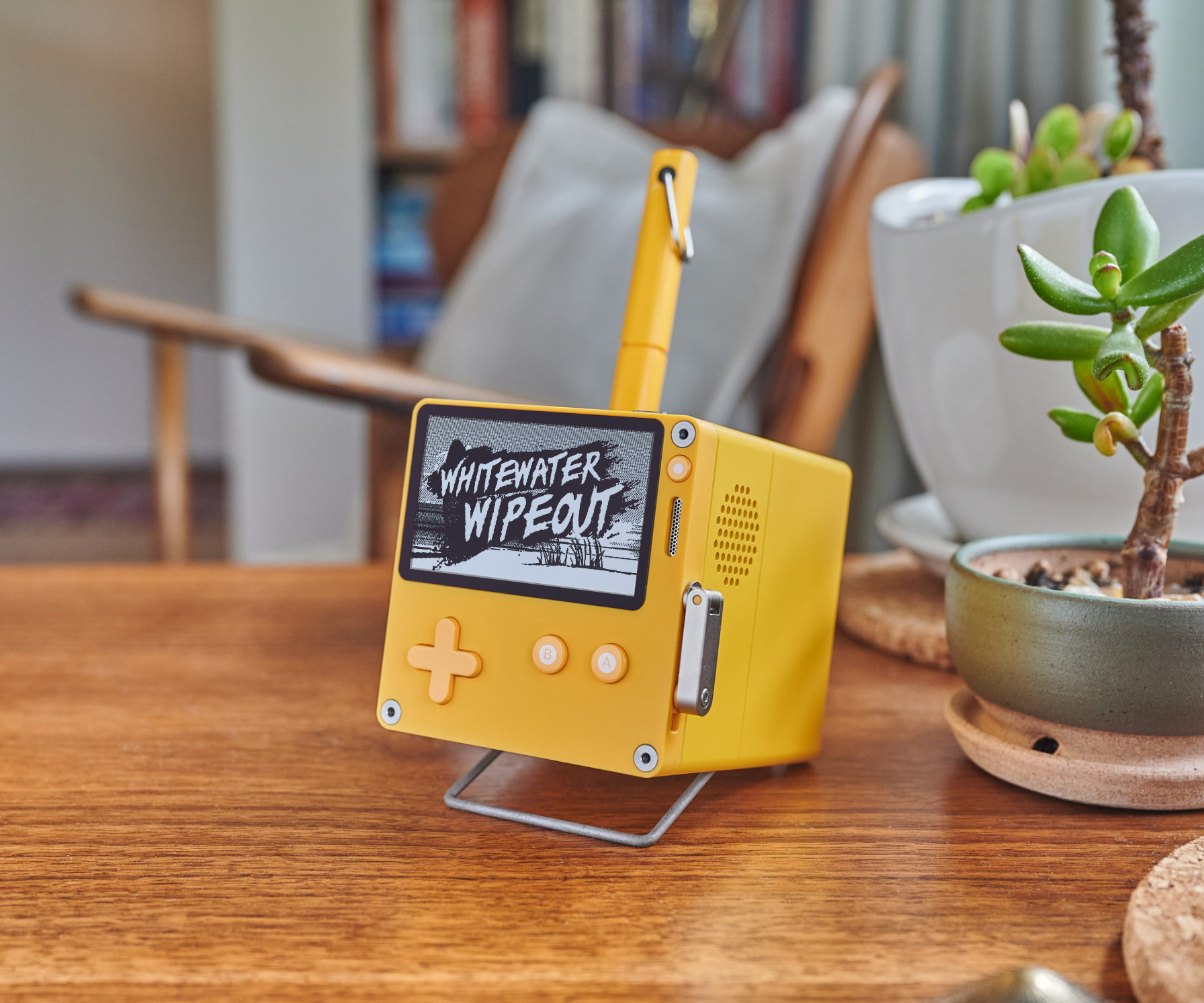Todd Klein is a partner at
Revolution Growth, a VC fund that invests in growth-stage companies. During his 20-year career, Todd has been involved in financing and building over 150 venture and growth-stage companies in the media, consumer, technology, education and healthcare sectors.
Ending years of debates over environmental sustainability, the United States officially declared a climate crisis earlier this year, deeming climate considerations an “essential element” of foreign policy and national security. After recommitting the U.S. to the Paris Agreement, President Joseph R. Biden announced an aggressive new goal for reducing U.S. greenhouse gas emissions and pushed world leaders to collectively “step up” their fight against climate change.
At the same time, consumers are increasingly looking to do business with brands that align with their growing environmental values, rather than ignoring the climate consequences of their consumption. Even without regulation as a stick, consumer demand is now serving as a carrot to increase sustainability’s impact on public companies’ agendas.
Startups have already followed suit. Investors today view sustainability as an important pillar of any business model and are looking for entrepreneurs who “get it” from the beginning to build and scale next-generation companies. Startups interested in thriving cannot treat sustainability as an afterthought and should be prepared to enter the public eye with a plan for sustainable growth.
Today, companies of all sizes are being held to a higher standard by consumers, employees, potential partners and the media.
So what exactly do founders need to put in place to demonstrate that they’re on the right track when it comes to sustainability? Here are five attributes that investors are looking for.
1. A truly customer-centric feedback loop
It’s fairly easy for any company to claim that it understands customers’ wants and needs, but it’s challenging to have the tech stack in place to prove a company actually listens to customer feedback and meets those expectations.
Investors now expect startups to have both platforms and solutions — social listening channels, relationship management tools, surveying programs and review forums — that allow them to hear and act on the needs of their customers. Without the proper communications tools and actual people using them, your eco-friendly efforts will likely appear to be merely lip service.
Take the example of TemperPack, which manufactures recyclable insulated packaging solutions for shipments of cold, perishable foods and pharmaceuticals. The direct relationship between a packager like TemperPack and the end consumer is often invisible. But as we were looking into investing in the company, some of its life sciences customers told us about comments they had received from end users — people who were receiving medicine twice per day. Another supplier’s packaging required them to visit a recycler for disposal, a real-world pain point that was causing them to consider switching to a different medication.
Revolution Growth decided to add TemperPack as a portfolio company after directly seeing its customer feedback loop in action: End-user requests informed product development, proving both a market need and customer demand on the sustainability front. This firsthand example demonstrates how an investor, a packaging maker, a life sciences company and an end user are now interconnected in one relationship while underscoring how end-user feedback can connect the dots for sustainable product development.
2. Public commitment to sustainability goals
Over the past several years, we have seen millennials and Gen Z consumers demand transparency in sustainability efforts. As these generations grow in purchasing power, investors will look for startups that make their commitments to eco-friendly goals as transparent as possible to satisfy shrewd consumer needs.
For many VCs, making public commitments to sustainability goals is a sign that your startup is working toward becoming a next-generation company. Investors will look for goals that are thoughtful, with a clear understanding of where your company will have agency and influence, and that are S.M.A.R.T (Specific, Measurable, Achievable, Realistic and Timely). They will also expect regular reports on progress.
Although a company’s management establishes these goals, its board should play a behind-the-scenes role in driving the goals forward, keeping leadership on track and setting the playing field so executives understand that they’re being evaluated on criteria transcending positive EBIDTA.
Taking these steps will ensure goals are responsible and ambitious while also holding the company accountable to consumers and stakeholders to see the initiatives through to completion.
3. Purpose-driven culture
Even the best-laid sustainability goals will go unmet without a strong culture designed to guarantee leadership and employee alignment. Sustainability must be ingrained in a startup’s culture — from the top down and bottom up — and there’s a lot at stake if it’s not.
Another Revolution Growth portfolio company, the global fintech-revolutionizing startup Tala, demonstrates how young companies can imbue their cultures with purpose-driven values. While Tala’s mission is to provide credit to the unbanked, the company believes that the consumer’s best interests should always come first. During 2019’s holiday season, Tala contrasted with businesses fueling consumption by instead urging customers in Kenya to not take out loans, protecting them from predatory unregulated lenders amid a lack of functioning credit bureaus and loan-stacking databases. This forward-looking approach ultimately safeguarded Tala’s customers and its vibrant digital lending industry.
Beyond determining what they stand for, many of our portfolio companies face challenges securing talent. People have choices about where they want to work, and those with intrinsic motivations — such as concerns about the environment — will feel uncomfortable if their employers do not share their values. Regulatory risks and customer attrition pale in comparison to the human cost of losing star performers who seek other work cultures that better align with their values.
A clear values system should embed sustainability into the decision-making process, make obvious imperatives and empower employees to follow through.
4. Accountability
Companies aren’t only judged by their own initiatives — they’re also judged by their partners. As startups build new relationships or expand to work with new suppliers, investors will be keen to know that these outside parties align with their stated sustainability philosophies.
Before becoming publicly involved with another company, a startup should gauge each new supplier’s reputation, including insights into their employment practices. Take leading Mediterranean fast-casual restaurant Cava or healthy-inspired salad-centric chain Sweetgreen, both Revolution Growth portfolio companies; neither will source proteins from farms with inhumane policies. If companies are not aware of these factors, their customers will eventually let them know, and likely hold them accountable for the oversight.
Think of it this way: If a diagram of your partnerships and supplier relationships was printed on the front page of The New York Times, would you be comfortable with what it shows the world? Today, companies of all sizes are being held to a higher standard by consumers, employees, potential partners and the media. It’s no longer possible to fly under the radar with relationships that are antithetical to a company’s sustainability goals. So take a hard look at your supplier and partner ecosystem, and make clear that you are bringing your green vision to life through every extension of your business.
5. Financial realism
Financial realism acknowledges that a company can want to do good, but unless they have the economics, they won’t survive to make an impact. For most startups, beginning with financial realism as a mindset and incrementalism as an approach will be key to success, enabling all businesses to contribute to a more resilient planet. For startups that prioritize environmentally friendly business practices alongside a product or service, this strategy can prevent goodness from becoming the enemy of greatness. Founders in this position can commit to a stage-by-stage sustainability plan, rather than expecting an overnight transformation. Investors understand the delicate balance between striving to meet green goals and keeping the lights on.
Entrepreneurs looking to build a business that not only adopts eco-friendly practices but also has sustainability at its heart may have to consider starting in a niche industry or market that is less price-sensitive and ready for a solution today. Once that solution is firmly established, the business can build upon what they’ve created, rather than going big with something that doesn’t scale — and failing fast. Without an initial set of customers that value and love what you’re doing, you won’t get to the bigger play.
As the public and private sectors continue to address the climate crisis, sustainability will increasingly become a mandate rather than an option, and funding will increasingly flow to startups that have addressed potential environmental concerns. Unfortunately, pressure for companies to meet sustainability demands has led to “greenwashing” — the deceptive use of green marketing to persuade consumers that a company’s products, aims and policies are environmentally friendly.
Greenwashing has forced investors to look beyond mere words for action. As we move toward a more sustainable future, startups pursuing VC funding will need to prove to investors that sustainability is a priority across their entire organizations, aligning their outreach, public commitments and cultures with accountability and concrete examples of sustainable activities. Even if those examples are just steps toward larger goals, they will show investors and customers that startups are ready today to contribute to a greener and better tomorrow.






